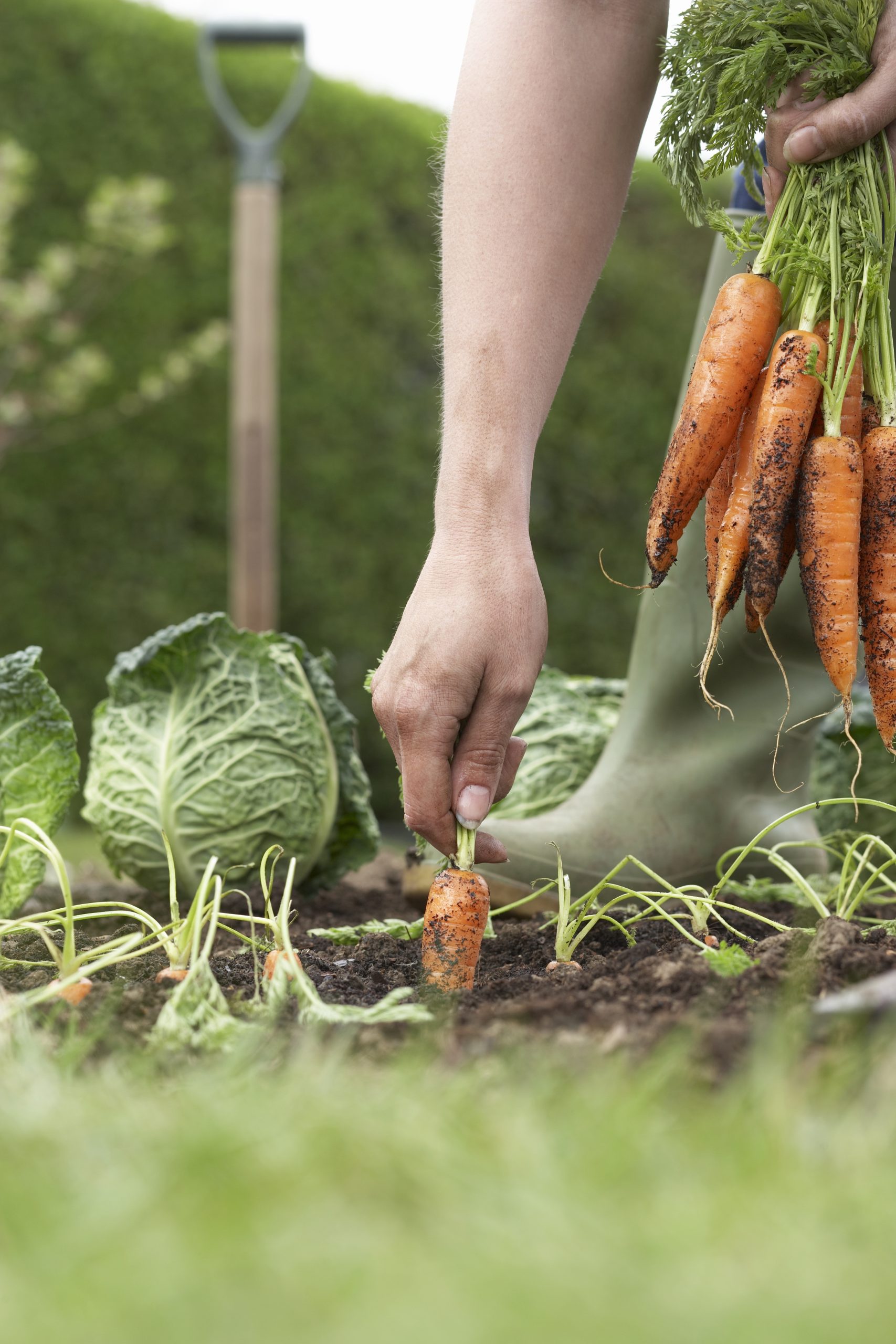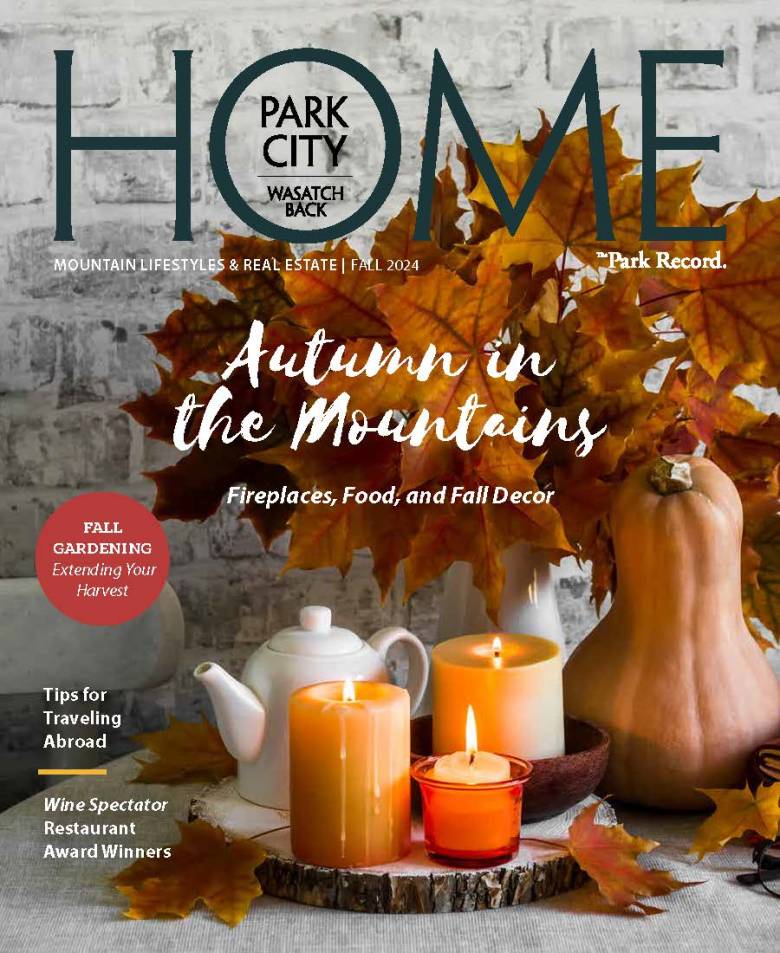It’s a scene that always seems to come far too soon for high-elevation gardeners: the frantic nightfall effort of covering of crops in anticipation of fall’s first frost. One day, we’re harvesting tomatoes and squash and herbs more quickly than we can use them up fresh, and the next morning waking up to grey shriveled vines and the disappointment of finding veggies frozen before they even had a chance to ripen.
As Shirley Butler Bordas says of her postage stamp backyard terraced garden in Old Town Park City, “It’s a challenge here, and a small space, but I do love it.”
Fortunately, Wasatch Back gardeners — with cultivated space of any size — can extend their harvest through first frost and beyond by taking a few strategic steps, advises Wesley Crump, Utah State University Assistant Professor in Horticulture and the USU Extension’s go-to expert for gardening in Summit and Wasatch counties. He shared some tips to set gardeners up for success by planning ahead for cold-weather crops, carefully protecting the harvest, and preparing gardens now for overwintering plants.
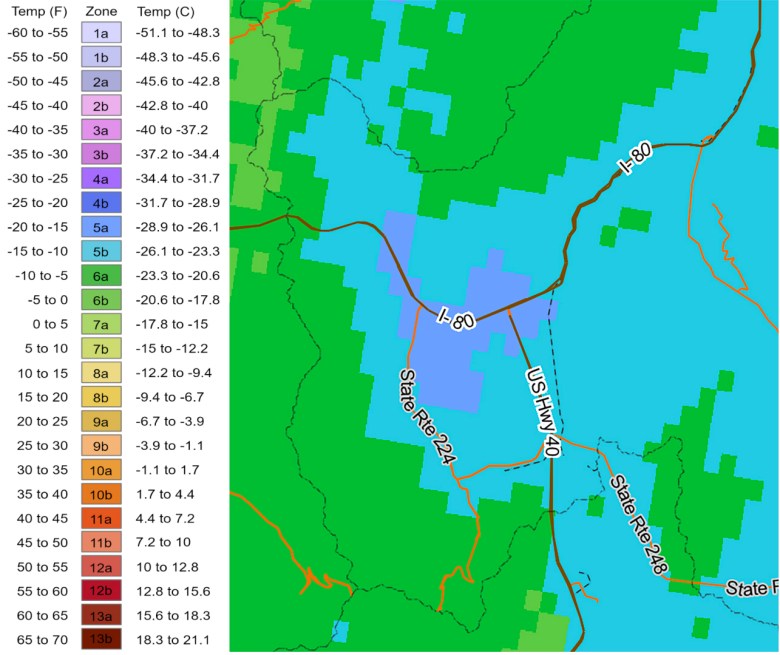
Know Your Zone: Hardy Plant Choices for Fall Harvests
Most experienced gardeners know their U.S. Department of Agriculture hardiness zone like the back of their garden gloves. But what they might not know is that a new interactive USDA hardiness map (planthardiness.ars.usda.gov) was just released last year based upon an array of new data points collected from 1991–2020 (the last update was in 2012). “Using the map to see your exact location and its hardiness zone will be most accurate,” says Crump of the update, “but the majority of [gardeners] in the Park City area are in zones 5a–6a according to the new map.”
Additionally, it’s important to know what the rating does and doesn’t tell you to help you select plants that will persist along the Wasatch Back. Hardiness ratings are based on the average annual extreme low temperature of a particular zone, not the typical length of a season or highest warm temperatures. It’s a no-brainer that some plants are suited for long, hot summers (think melons, tomatoes, or okra), and some plants thrive in cooler temps (like peas, carrots, and dark leafy greens). Knowing your hardiness zone will help you select plant varieties that will get to harvestable size and quality to get the most out of the mountain region’s notoriously short growing season.
But don’t give up hope if your days of peppers and zucchini are numbered. “If you’re aiming to harvest baby greens like spinach, lettuce, and kale — which are just a juvenile form of the plant — September can be an acceptable time to plant,” Crump continues. Just keep in mind that younger plants are more susceptible to cold damage and will likely need frost protection. “For kale, most are very cold tolerant, so I would be selecting varieties more on personal preferences rather than hardiness,” advises Crump.
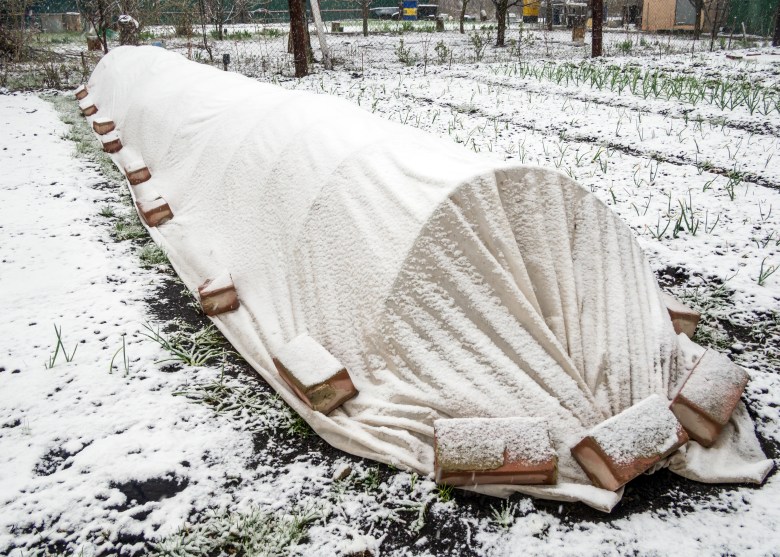
Protecting Your Harvest
When preparing for the season’s first cold snap, smaller-scale home gardeners get through isolated early freezes with easy, at-your-fingertips fixes. “Anything you have to cover the crops is better than nothing,” says Crump, “whether that be old blankets and sheets, all the way to dedicated frost cloths and greenhouse plastic.”
The most important thing to keep in mind is that there should be some type of air or other contact buffer — whether in the form of stakes, hoops, frames, or wire — otherwise direct contact with the covering can transfer cold to the plant tissue and cause damage. Also remember to remove these coverings during the day if it is sunny, especially if you are using plastic.
Some savvy mountain growers create movable gardens to take out the danger of frost exposure altogether. By planting veggies in containers as ubiquitous as a 5-gallon bucket, you can move many varietals from a sunny daytime spot to a sheltered location at night to protect them from the cold.
Gardeners looking to invest in more durable year-to-year planting solutions have many options. “Low tunnels, which can be as simple as PVC hoops covering your plant rows, are a fairly easy and inexpensive season-extension technique,” says Crump, as well as cold frames, high tunnels, and greenhouses. (See the USU Extension website for a library of fact sheets and specs for northern Utah covers: extension.usu.edu.)
What To Do Now to Get the Jump on Planting Next Spring
Unfortunately, by the time this magazine arrives in your hands, our chances of growing melons or tomatoes are long gone.
However, there’s much that gardeners can do besides throwing in the trowel until warmer weather. “September through October is a great time to plant garlic or other overwintering veggies,” Crump continues. “The idea is to get the roots started and begin to establish before the ground freezes. In our area, it’s crucial to spread a thick layer (4-6 inches or more) of mulch over the garlic before the heavy freezes begin.” Using the same before-permafrost principles, some mountain gardeners have success growing baby root veggies like carrots, beets, and radishes.
Look no further than your own property for mulch material like grass clippings, leaves, pine needles, or other organic yard waste. Just remember that most of this mulch layer should be removed when hard frosts are past in the spring, with a thin noncompacted layer remaining to help with soil moisture retention.
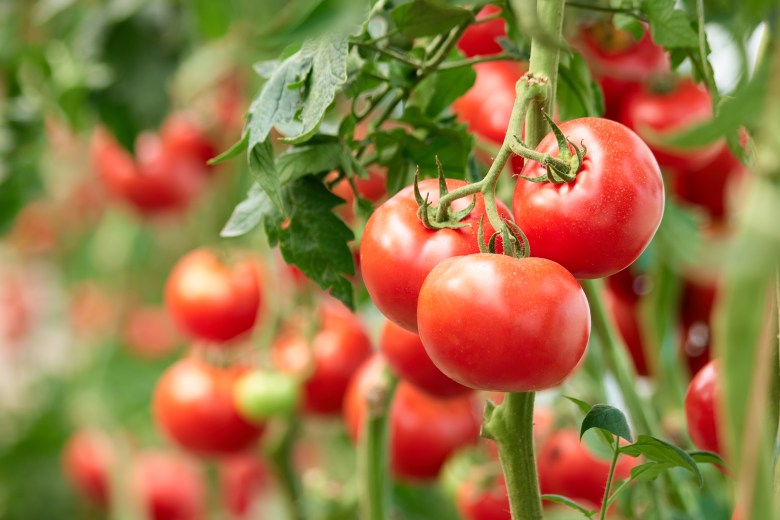
Another way to insulate a winter garden is by planting a fall cover crop (aka “green manure”) intended to be mulched directly into the soil after the harvest is over, such as peas, leafy greens, or buckwheat. Many experts tout the benefits of using cover crops for soil nutrient improvement, superior water retention, natural weed control, and for attracting beneficial insects year-round.
And it’s never too early to be thinking ahead for starting seeds inside to get a few weeks’ lead on spring planting. Again, referencing your hardiness zone against your selected seed packet will help you determine ideal seed-starting dates, says Crump. “Count backwards the required number of weeks from the date you want to plant outside. This will be the date you should start your seeds indoors.” For both optimal germination and growing seedlings, a weekly dose of diluted fertilizer and an artificial light source will help. “Even simple shop lights are great options,” advises Crump, though any extra light is better than none.
And until next spring, keep Crump’s advice in mind to keep things creative in the garden, no matter the challenges of your growing zone. “Try something new this year — there are hundreds of cultivars of almost every vegetable you can think of — try a few new ones to see if you can find a new favorite.”

